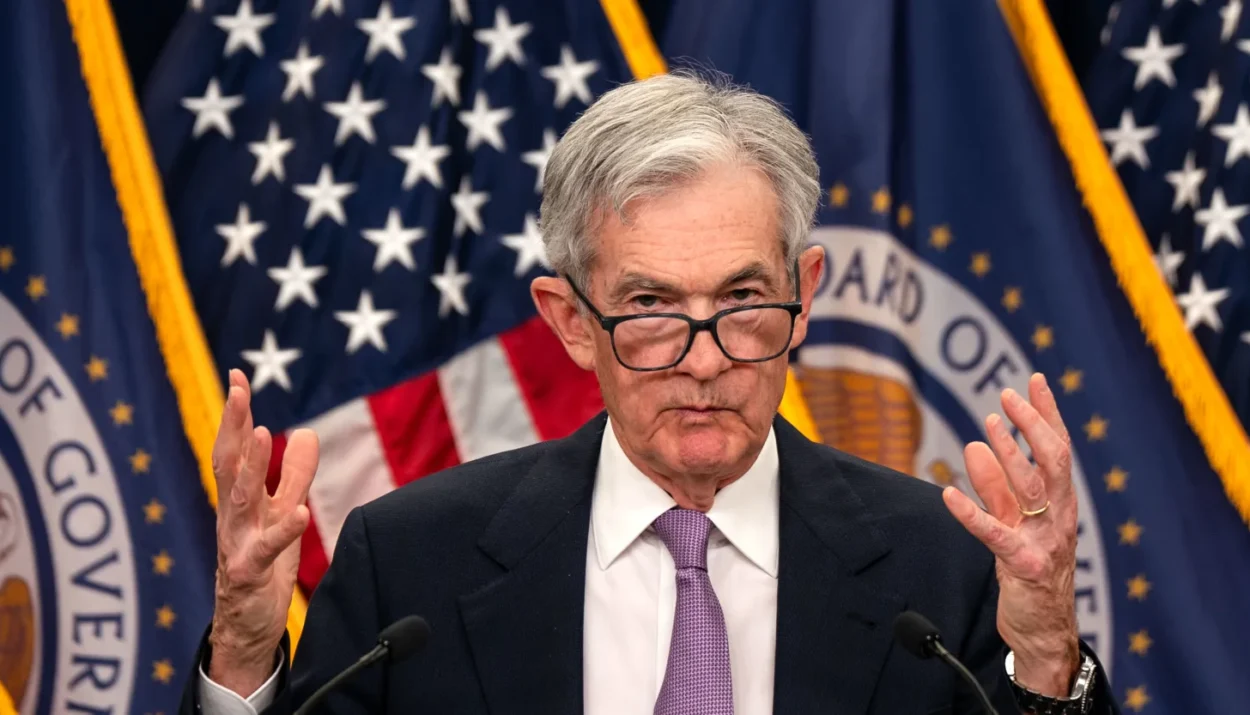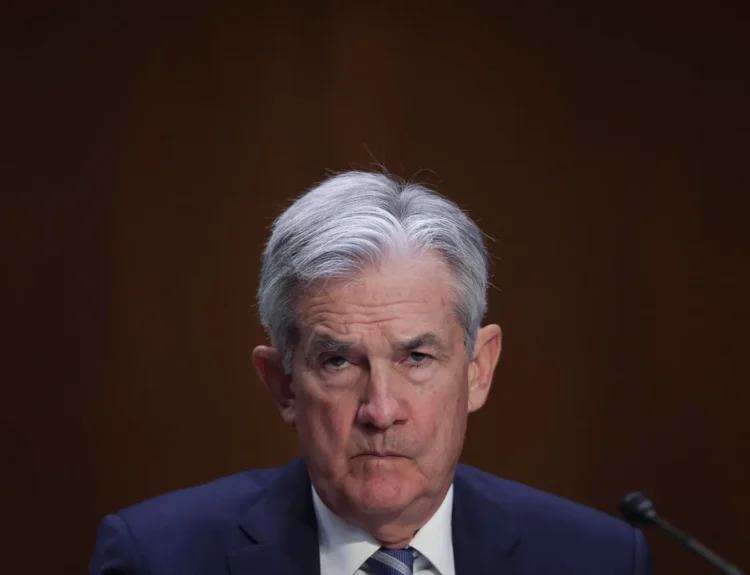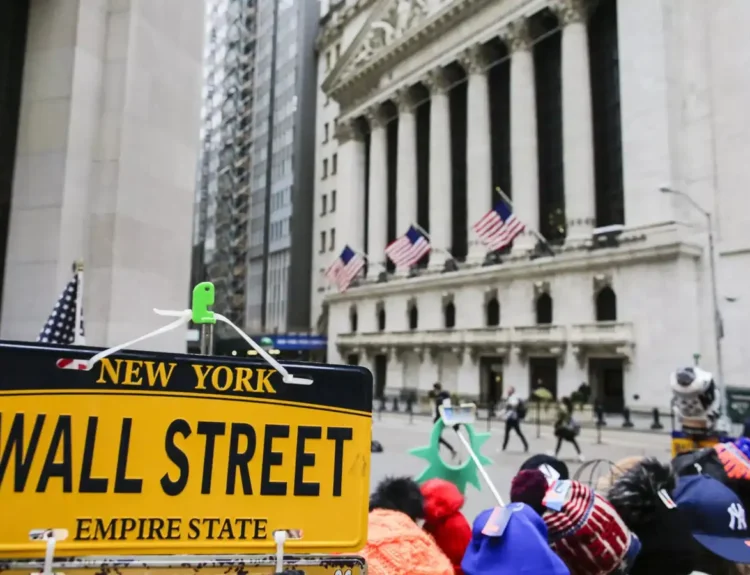Speaking at the Thomas Laubach Research Conference in Washington on Thursday, Fed Chair Jerome Powell delivered a sharp update on the Fed’s policy outlook. He said the central bank may need to rethink how it targets inflation, citing a rapidly changing global economy with more unpredictable risks.
“We may be entering a period of more frequent, and potentially more persistent, supply shocks — a difficult challenge for the economy and for central banks,” Powell said.
While long-term inflation expectations remain around the Fed’s 2% target, Powell emphasized that the days of ultra-low interest rates are likely gone.
Fed to Revisit Inflation Targeting Framework
Powell confirmed that the Fed is reviewing its 2020 framework, which introduced “flexible average inflation targeting” (FAIT) — allowing inflation to run slightly hot to support employment.
That strategy failed when inflation surged post-Covid. Powell acknowledged that policymakers underestimated how long rising prices would last, and held rates too low for too long.
“Participants thought it would be appropriate to reconsider the language around shortfalls,” Powell said.
The Fed now plans to publish a revised policy framework in the coming months.
Why Powell’s Message Matters Now
Powell’s comments come just as:
- Trump’s trade policies are causing tariff-driven price pressures
- Producer prices and CPI show early signs of reacceleration
- Markets are betting on rate cuts later in 2025 — something Powell did not endorse
“Higher real rates may also reflect the possibility that inflation could be more volatile going forward,” Powell said, indirectly pushing back against aggressive rate-cut hopes.
Fed Funds Rate: Staying High for Longer?
- Current Fed target rate: 4.25%–4.5%
- Powell has kept rates steady in recent months, despite pressure from President Trump
- The Fed remains wary of cutting too early, especially amid uncertain supply dynamics
Next Steps: Better Communication, More Transparency
Powell emphasized that the Fed’s communication strategy must evolve, especially as global supply chains, wars, and policy shocks increase unpredictability.
“Effective communication requires that we convey the uncertainty that surrounds our understanding of the economy and the outlook.”
He did not offer a completion date for the review, but Jackson Hole — the Fed’s traditional venue for major policy shifts — is widely expected to host the unveiling of the new framework.
Powell’s message was clear: the Fed is preparing for a more volatile world. Gone are the assumptions of “transitory” inflation or smooth recoveries. As the economy enters an era of persistent global disruptions, the Fed is tightening its playbook — and making sure its signals are crystal clear.
Disclosure: This article does not represent investment advice. The content and materials featured on this page are for educational purposes only.
Related:
Trump & US Executives Lock In Over $1 Trillion in Middle East Deals
Qatar Buys 160 Boeing Jets as Trump Accepts $400M Gift Jet
Elon Musk, Robotaxis, and Starlink: Inside Multi-Billion Dollar US–Saudi Tech Power Play
Nvidia’s Partnership With Saudi Arabia Opens a New Frontier in Global AI
Trump Secures $600 Billion Saudi Investment in US Tech, Energy, and AI
US Drug Price Revolution Begins: Trump Targets 30–80% Cuts
US and China announce deal to cut reciprocal tariffs for 90 days










